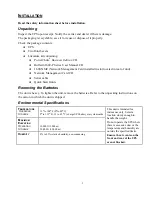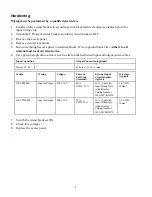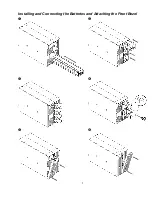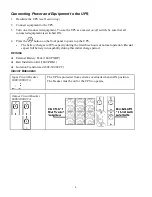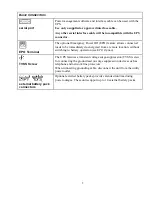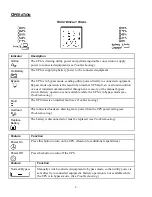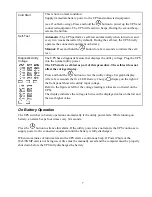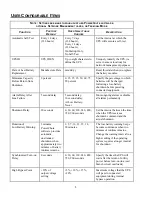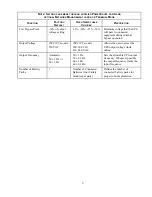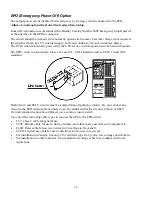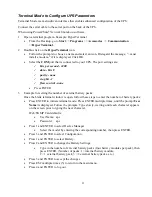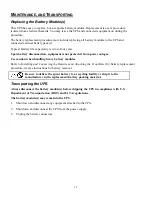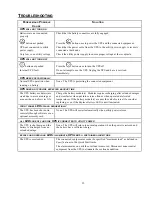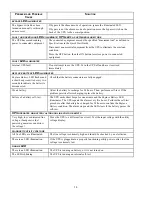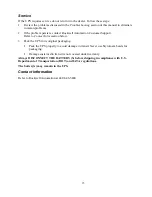
7
Cold Start
This is not a normal condition.
Supply immediate battery power to the UPS and connected equipment
(see
Troubleshooting
). Press and hold the
button to power up the UPS and
connected equipment. The UPS will emit two beeps. During the second beep,
release the button.
Self-Test
Automatic:
The UPS performs a self-test automatically when turned on, and
every two weeks thereafter (by default). During the self-test, the UPS briefly
operates the connected equipment on battery.
Manual:
Press and hold the
button for a few seconds to in itiate the self-
test.
Diagnostic Utility
Voltage
The UPS has a diagnostic feature that displays the utility voltage. Plug the UPS
into the normal utility power.
The UPS starts a self-test as part of this procedure. The self-test does not
affect the vol tage di s play.
Press and hold the
button to view the utility voltage bar graph display.
After a few seconds the five-LED,
Battery Charge
display on the right of
the front panel shows the utility input voltage.
Refer to the figure at left for the voltage reading (values are not listed on the
UPS).
The display indicates the voltage is between the displayed value on the list and
the next higher value.
On Battery Operation
The UPS switches to battery operation automatically if the utility power fails. While running on
battery, an alarm beeps four times every 30 seconds.
Press the
button to silence this alarm. If the utility power does not return, the UPS continues to
supply power to the connected equipment until the battery is fully discharged.
When two minutes of runtime remain the UPS emits a continuous beep. If PowerChute or the
Web/SNMP card is not being us ed, files must be manually saved and the computer must be properly
shut down before the UPS fully discharges the battery.


